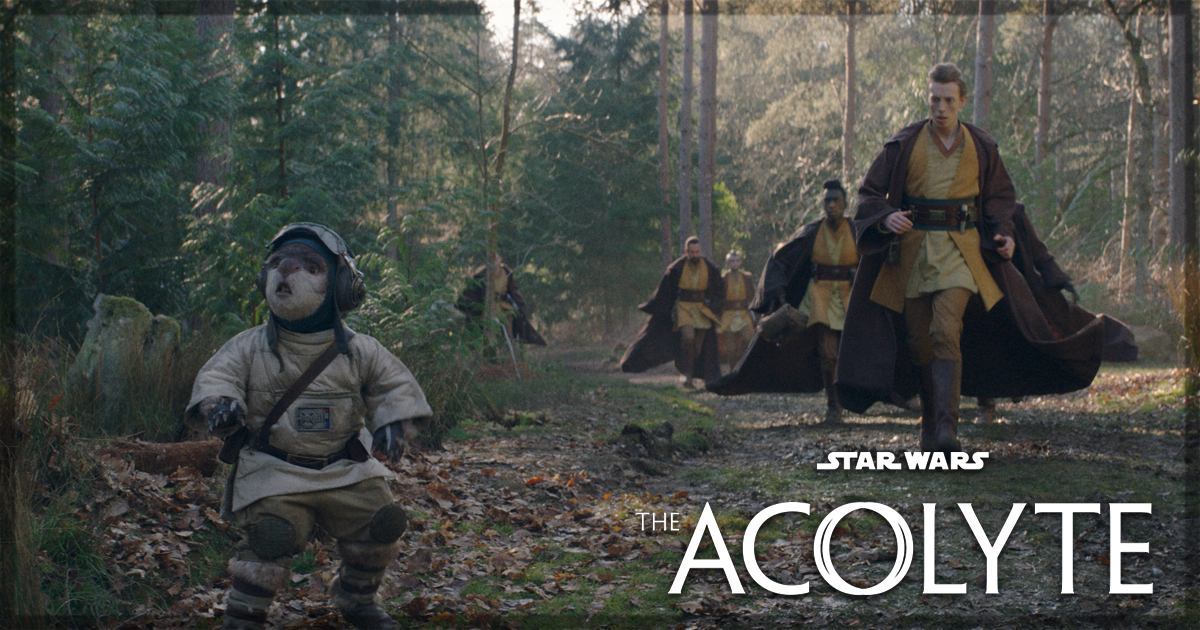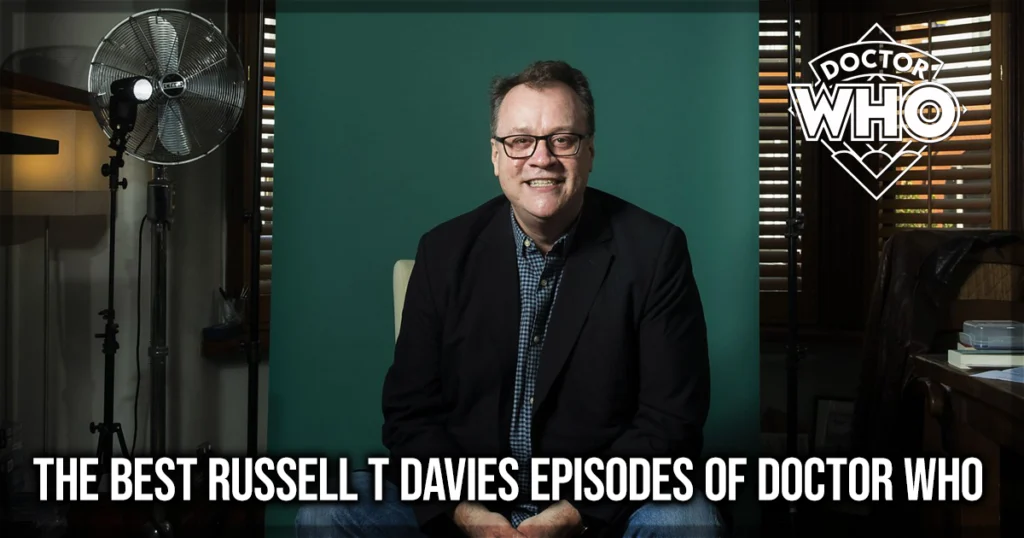And we have the ending of The Acolyte, in a style that mostly worked I think. The big mysteries were revealed in the penultimate episode so there wasn’t much left for the show to wrap up other than complete the changing of the guard, Mae to the Jedi and Osha to the Sith, the role reversal of where we’d started off. Osha’s flaws and rage was the reason that she was never going to become a Jedi in the first place, having been tempted by Qimir in the first place and with the chemistry between both Jacinto and Stenberg, there was only one place where this was going to go.
This week we’re back at Brendok with two masters, two pupils, and a full-circle loop. We didn’t quite need the eight episodes to get here – a movie would’ve been good, but get here we did – and the final showdown between Mae, Osha, Sol and Qimir was always going to end one way.
Sol’s flawed portrayal of a Jedi who killed Aniseya and then worked with the Jedi to cover it up was a straightforward, blinkered viewpoint that shows his strengths as a character and shows the series’ strengths at writing characters, even despite everything he still believes that it was the right thing to do. He’s capitalizing on the revelation that the Force Witches can create life out of the force and birth Mae and Osha, who are not twins – but the same person, split in two. The casting of both roles has been an audacious feat for Stenberg to step into but she’s given both characters the gravitas and grace that she needs to succeed. It’s something that feels like it could have been dealt into with more depth but the real focus here is on the death of the last of the Jedi who came to Brendok, Sol, with Osha crushing the life out of him and her lightsaber turning red to complete her transition into a Sith. It’s a massive moment, and the biggest surprise of an otherwise predictable finale – one of the most interesting characters’ deaths was the latest in a long line of bloodbaths – The Acolyte isn’t shy about killing half its cast, and if the show does come back for a second series, it will require a whole new ensemble. The final fight between Qimir and Sol was fascinating to watch too, the show really leaning into the Crouching Tiger, Hidden Dragon-style aesthetic of the combat in a way that it hasn’t really previously.
Some catch-up is required between Mae and Osha, Sol can’t tell the truth about Brendok and he couldn’t do that with Mae, and Osha gets to fufill Mae’s mission of killing the Jedi with no weapons. So in doing so, she passes the tests – given that they’re both the same people. This allows Osha’s fall from grace to happen completely; becoming Qmir’s acolyte, apprentice at long last, thus enabling the rule of two. In exchange, Mae is freed, back at the Jedi with a memory-wipe.
And on top of that we have two more mysteries to uncover – Vernestra, like Sol, had a Padawan turn, but Qimiir is her failed apprentice. She’s stepping up to the role in a big way for Series Two; were it to return. Yoda showing up will enable him to take on presumably a backseat given his importance to the main series; but that tease was still cool and a nice counterbalance to the Sith going in hard on Darth Plagueis. It’s fascinating – the duality of the force is everywhere in this series, and creator Leslye Headland talking up her love of Legends novel Darth Plagueis by James Luceno shows how mad it is that fans actually hate the work here; it’s the most influenced by the legends and the prequels that Star Wars has been since Filioni’s introduction of Thrawn and yet, fans are hating it because of the diversity of its casting. The nitpicking commentary and criticism of the wuxia style combat only makes this show feel more unique and visually distinctive – remember Yoda and Palpatine’s duel in Revenge of the Sith? Look at that now.
And the Jedi once more have a get-out cause. The epilogue represents perhaps the most interesting structure of set-up for the series thus so far – Rayencourt, played by science fiction mainstay David Harewood (Doctor Who, Arrowverse etc) – a senate politician, is summoned to keep the Jedi in check. He believes that their order has run amok and is wrapped in self-delusion. Yet Vernestra’s lies to him are to paint the murders of the Jedi not on the Sith, but keeping the fact that they believe they haven’t existed for thousands of years canon, but on Sol, who killed his colleagues after they worked out his involvement with the Force Witches. It’s an indictment of the character that covers up their failures – and now has a mission statement for both her and Mae – find Osha, find Qimir – bring them to justice. Or save them. The exploration of legacy here is paramount – “when you’re looking up to heroes, you don’t have to face what’s right in front of you” and the Jedi have achieved icon status that has protected them for so long. They’re the superheroes of this world.
I enjoyed spending time in The Acolyte. It’s the most well-accomplished Star Wars show since Andor and a rare breath of fresh air outside of the dense, lore-packed Filoni and Favreau connect-the-dots style storytelling that bogged down Ahsoka and The Mandalorian, and shows that Star Wars can give us a thorough exploration of how above their own stature the Jedi are and how well-crafted the action sequences are. The lightsaber fights are undeniably cool and undeniably Star Wars, moreso than ever – and as fantastic as Andor was, it’s just good to have everything alive and kicking again – this is the way Star Wars should be told.
The Acolyte is now streaming on Disney+.
You might also like…
The Best Russell T Davies Doctor Who Episodes


